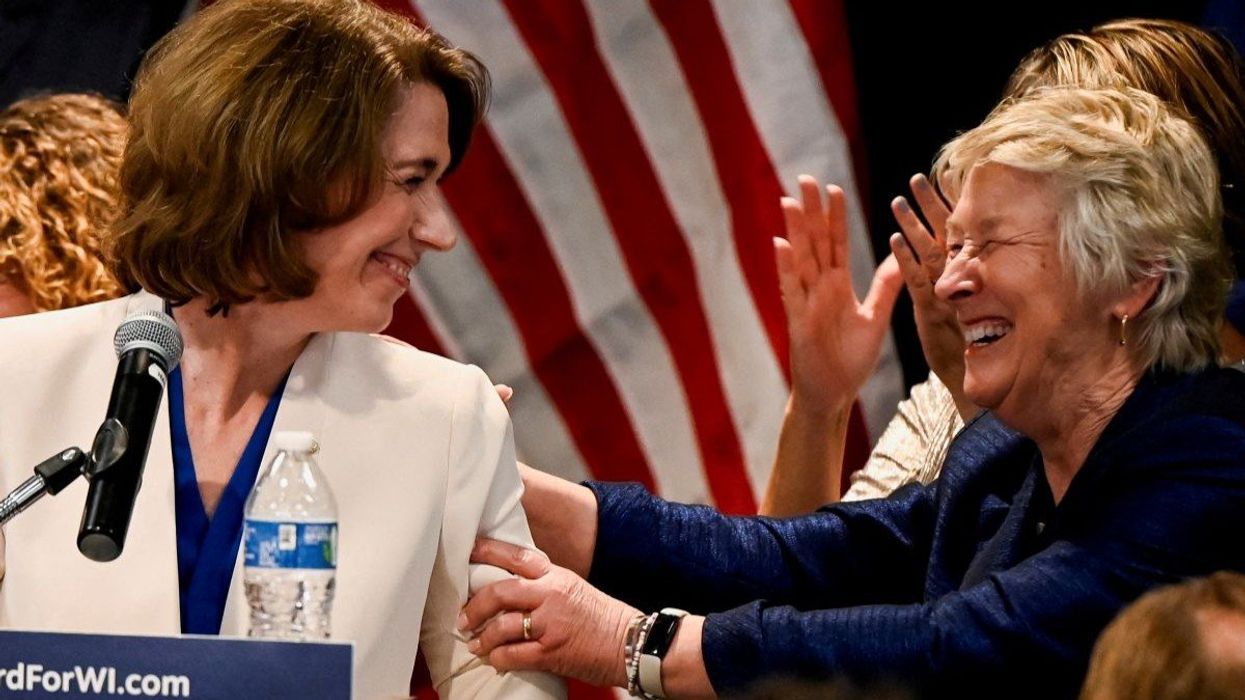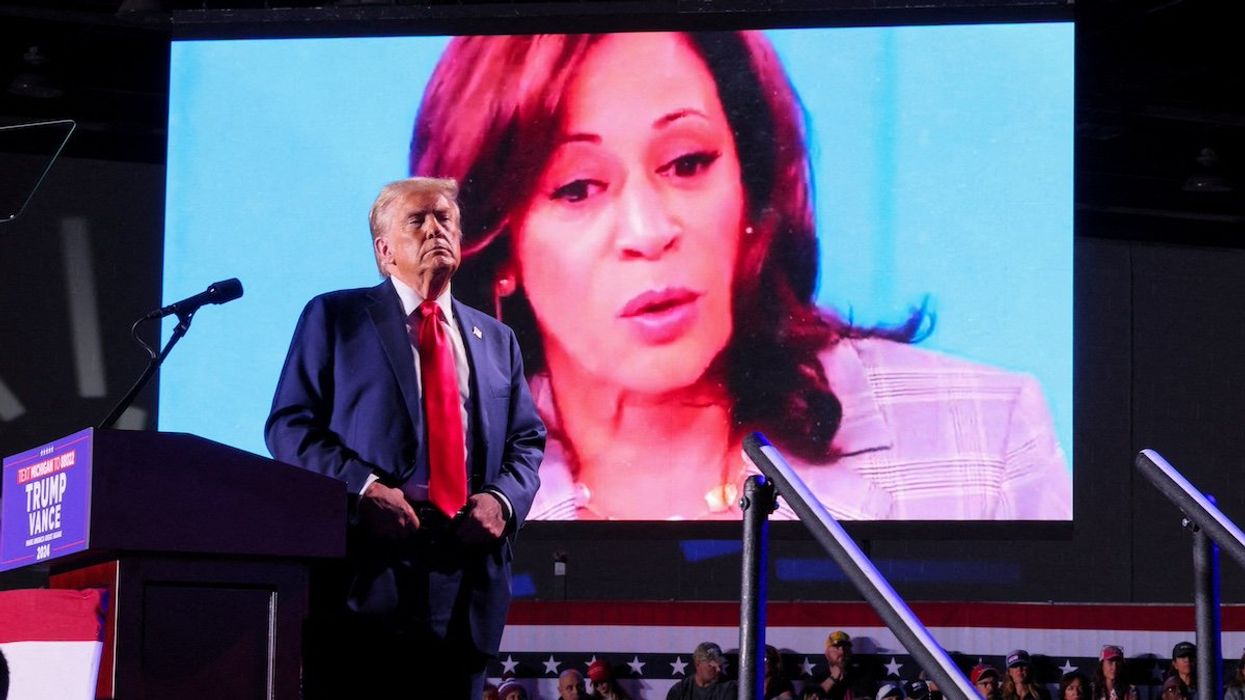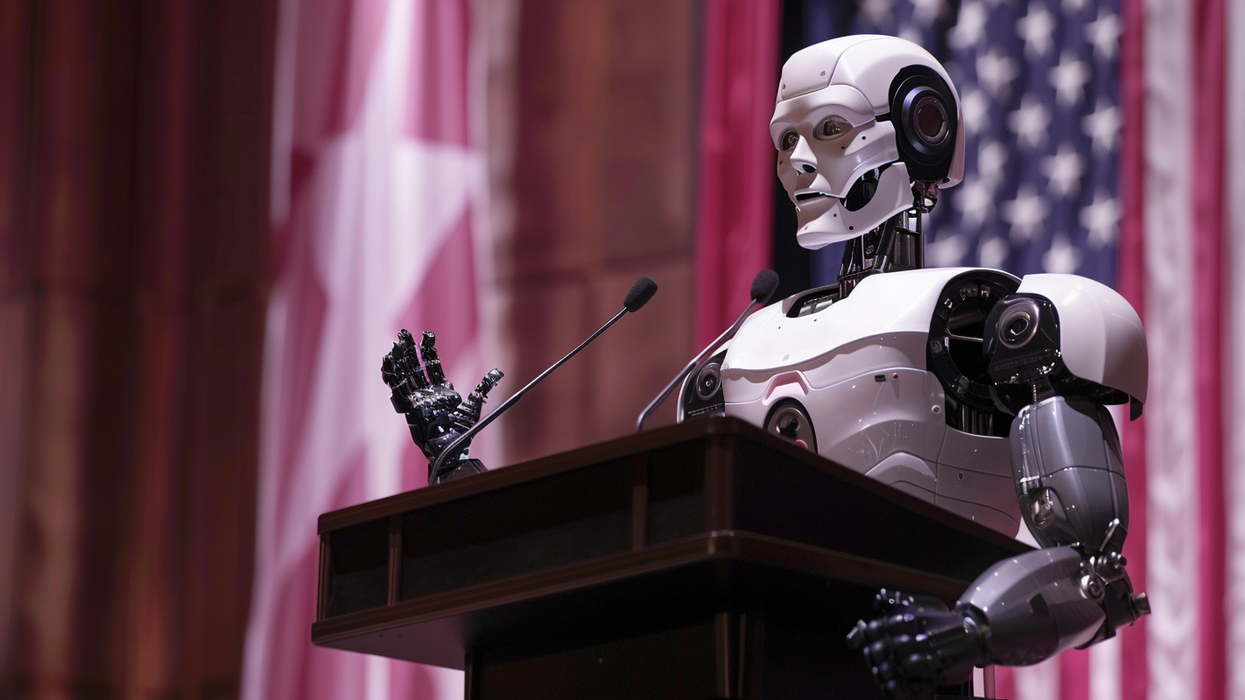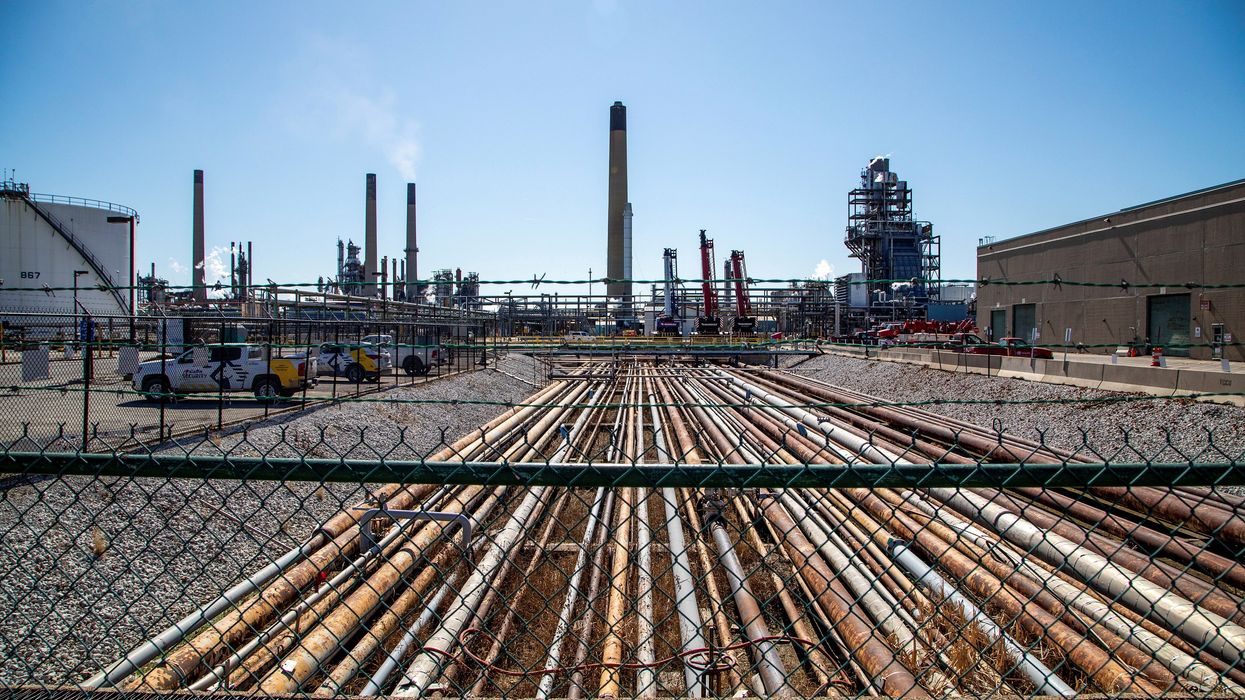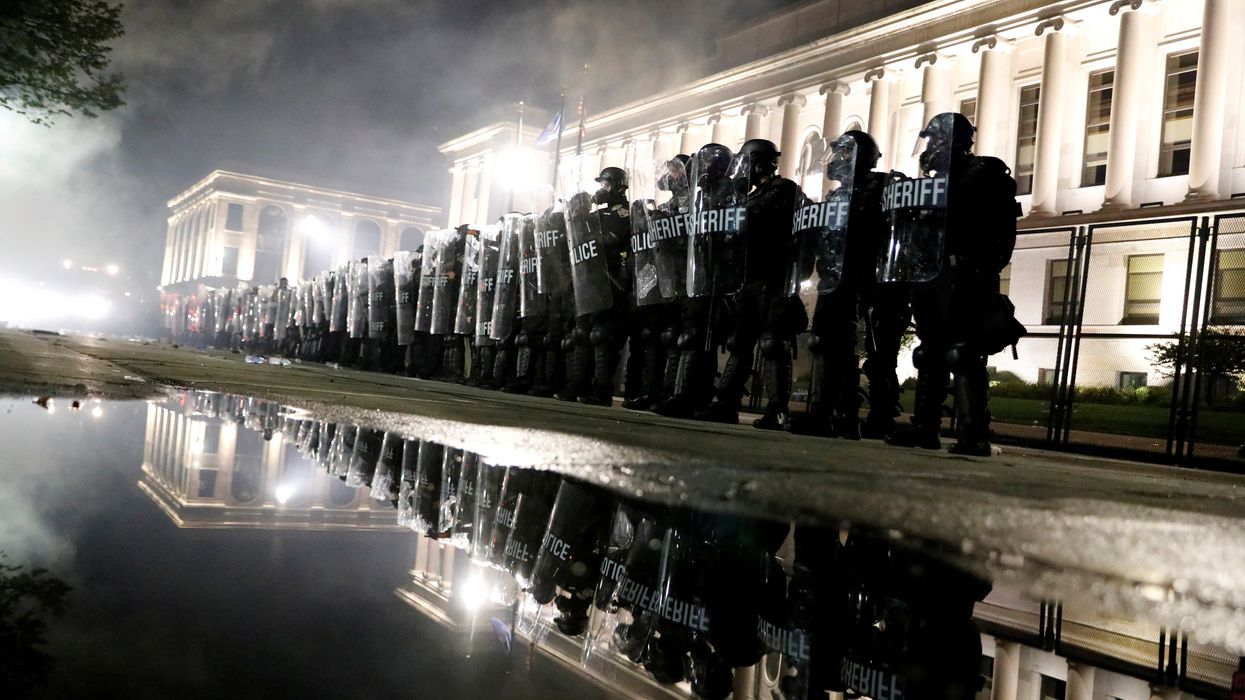What We're Watching
Republicans expand House majority, but Musk’s man suffers in Wisconsin
Republicans expanded their lean House majority after a pair of special elections in Florida, but a conservative candidate lost badly in a Wisconsin judicial race — despite a huge cash injection from Elon Musk.
Apr 02, 2025
